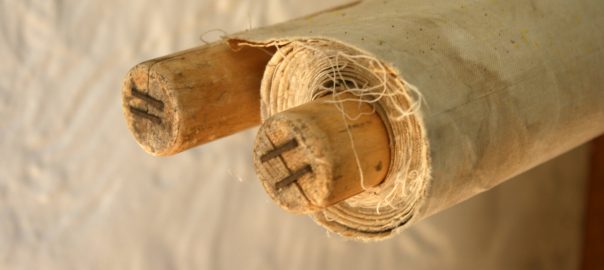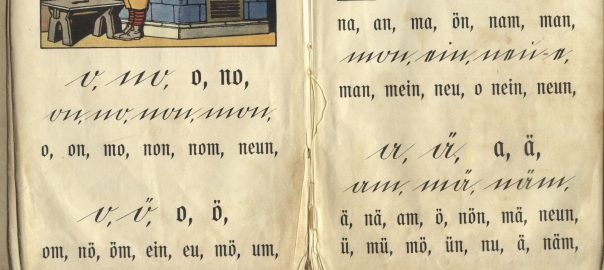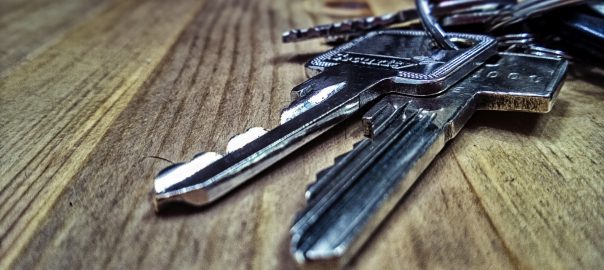Some time ago I published a post called DNS Test Names & Resource Records which lists many different FQDNs with lots of different RRs. You can use those public available DNS names to test your DNS servers or the like. However, I was missing a packet capture showing all these resource records as they appear on the wire. So now, here it is. If you are searching for some packets to test your tools for whatever reason, feel free to download this pcap.











